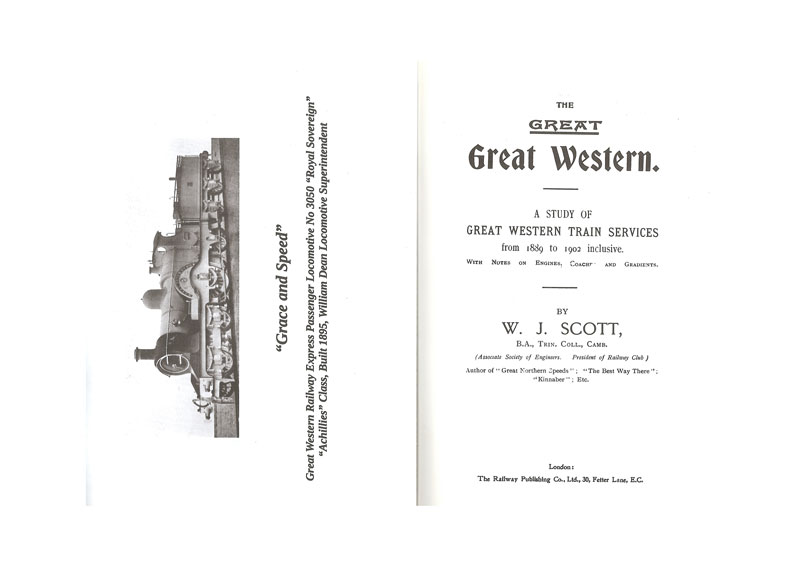Description
This is one of THE classic railway books of the Victorian/Edwardian period. The typical railway enthusiast then (or “Railwayac” as they sometimes called themselves), was not a schoolboy jotting down loco numbers. He was more likely to be a professional man in early to late middle age, with a strong, if not always well-informed interest in locomotive performance and time keeping. A surprising number were clergymen, like the Rev. W. J. Scott, a prominent Anglo-Catholic, Incumbent of St. Saviors, Sunbury Common, Middlesex. Scott was persona grata with senior railway officials at King´s Cross and Paddington, but not apparently at Euston.
In his introduction Scott writes- Few things in latter day railway history have been more striking or more full of promise, than the awakening of the Great Western Management some 13 or so years since from nearly a quarter of a century of lethargy; an awakening followed by steady, unbroken progress in all departments throughout the vast system, a bettering sustained until today, and one which bids fair to go oneven faster in the coming years.
The period saw William Dean building faster, more powerful (and better looking) locomotives than his predecessor Armstrong, and his assistant, G.J. Churchward gradually taking over from him. The broad gauge was finally abolished and new cut-off lines built, with more to come
The book is therefore a picture of the GWR in transition, with the best yet to come.







Reviews
There are no reviews yet.